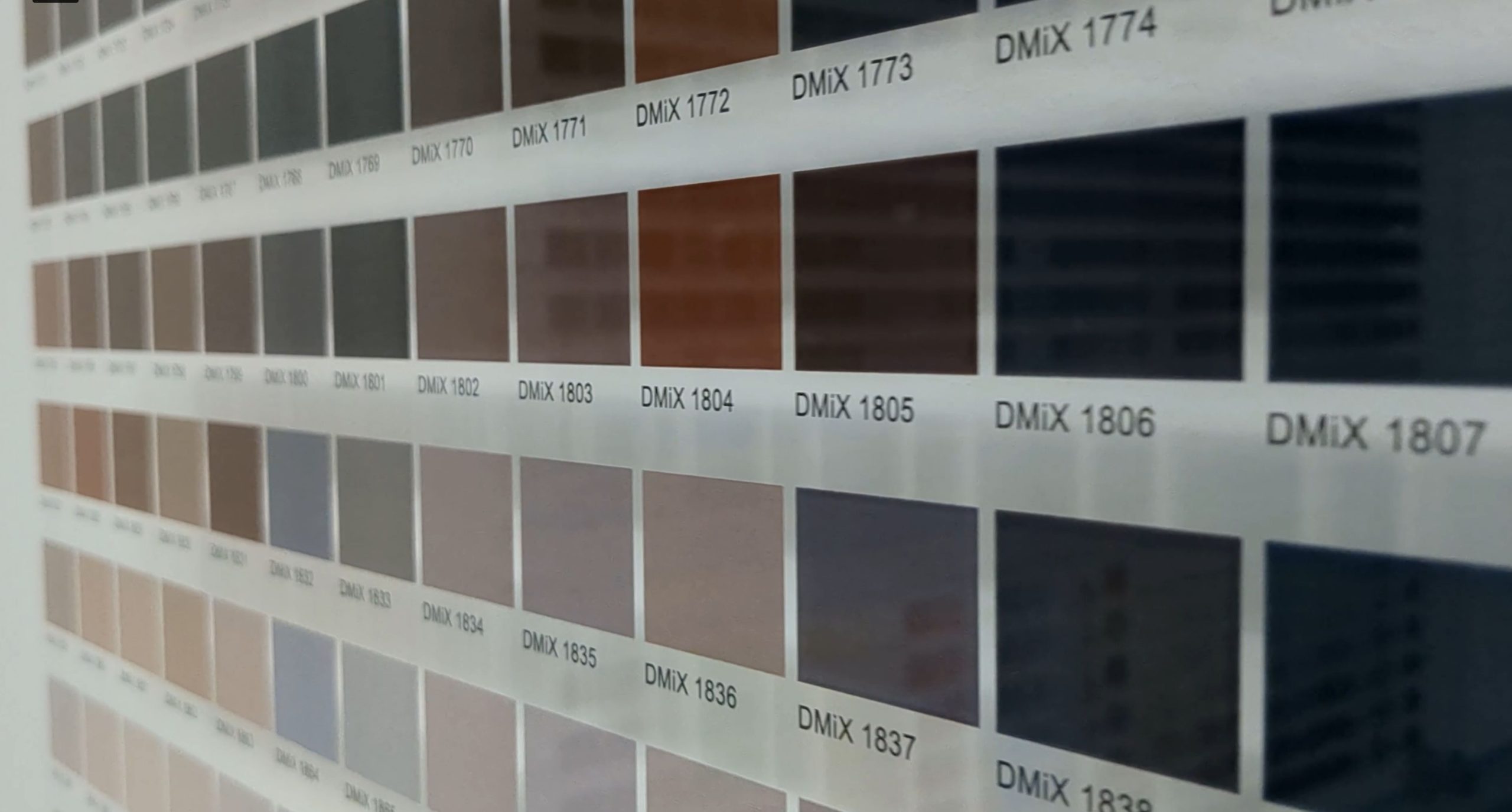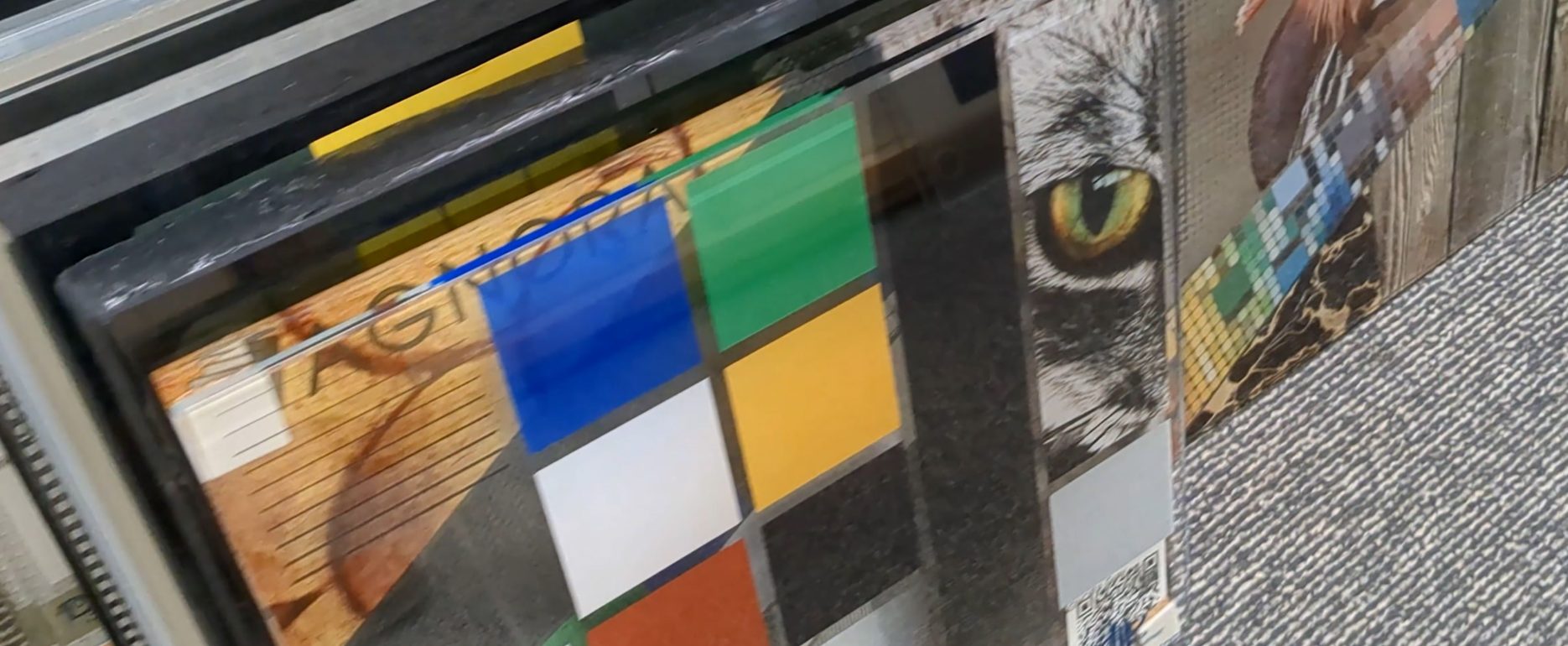Understanding The Pros And Cons Of Each Ink System For Your Clients
At AGNORA we never get tired of seeing amazing, printed glass projects out in the wild. This week, we’ll focus on the two types of digital printing. There are other print types including silk screen and roller coating, but for the purpose of this post, we will focus on the decorative elements of glass, which primarily fall within the digital print spectrum.
There are two types of digital print:
- Ceramic Frit
- UV Bonded
Both of these options provide exceptional durability to that of pressure-sensitive vinyls, which are applied after glass installation. Thus, if you’re looking for a long-term printed element, digital direct-to-glass printing is for you. In addition, digital printing vs roller coat or silk screen allows for anything to be visualized. Pictures, spot colours, gradients, frosted effects, logos, vector artwork. Think of it like a gigantic version of your desktop inkjet printer (also a digital printer).
But when should you choose either system? Here’s some food for thought:
Ceramic Frit
• Finished by fusing ceramic inks within the glass through the tempering process
• Colourfast and resistant to UV degradation/discolouration
• Unlimited life expectancy - as long as the glass
• A more limited colour gamut (range), extended set up times
• Strong colour matching
UV Bonded
• Cured (dried) by ultraviolet light striking organic inks and drying on the surface of the glass
• Strong colourfastness and resistance to UV degradation/discolouration
• 5-10 years in the presence of natural light and UV degradation and 10+ years on interior applications
• A robust, full-gamut colour system able to "hit" Pantone, brand and "specials" (custom colour mix)
• Exceptional colour matching
The choice boils down to the application and your desired colour preference. While ceramic inks are rich in colour they don’t have as much range as UV. If you’re looking for truly decorative glass with a wide colour range, UV bonded fits the bill. If you’re going to use print on the first or second surface of a window or IGU, or in the presence of strong daylight, then ceramic ink will stand the test of time. Find your balance by asking the team at AGNORA what may be best for your situation! \
Keep an eye out for our full-length article this coming April in Glass Magazine, in collaboration with Goldray Glass!




